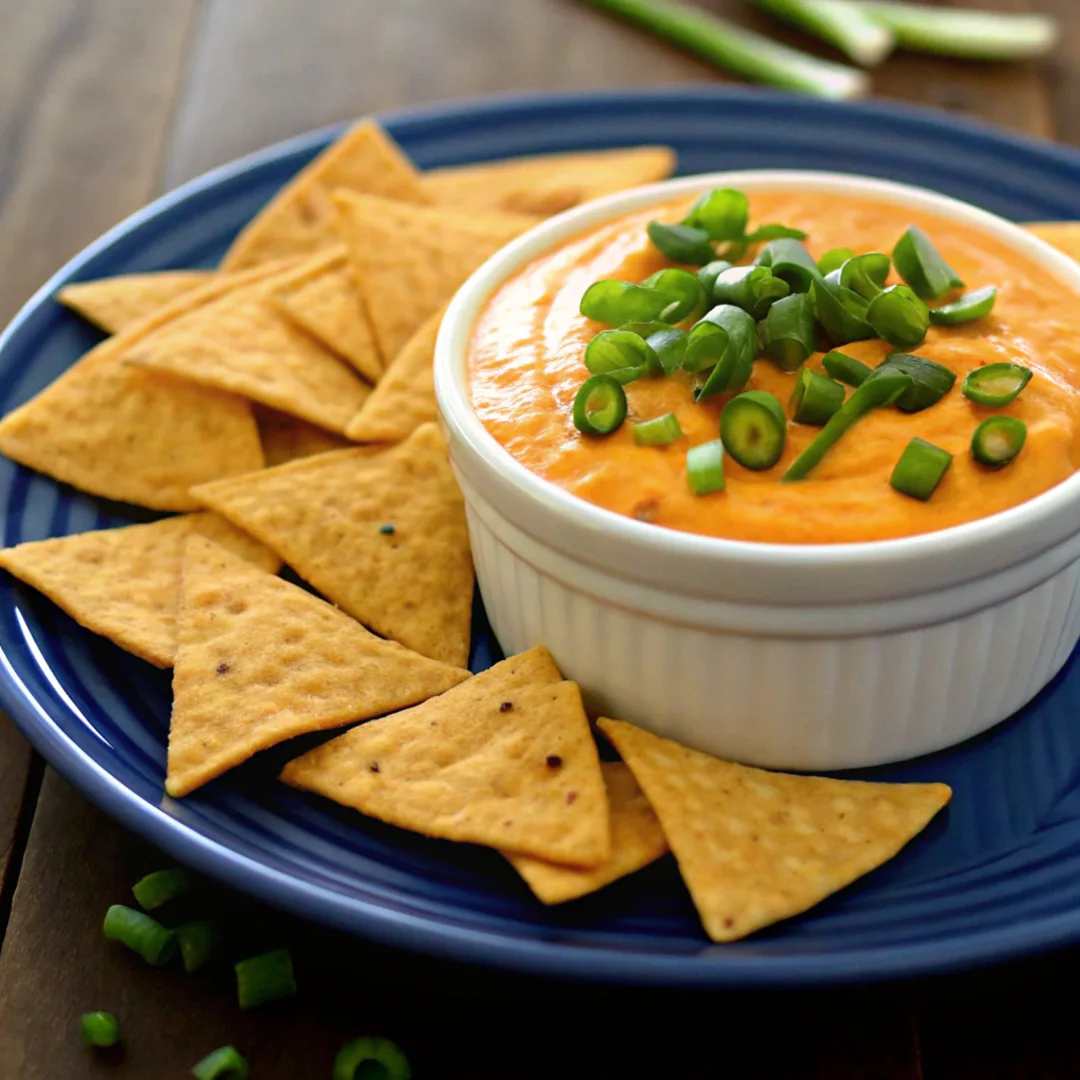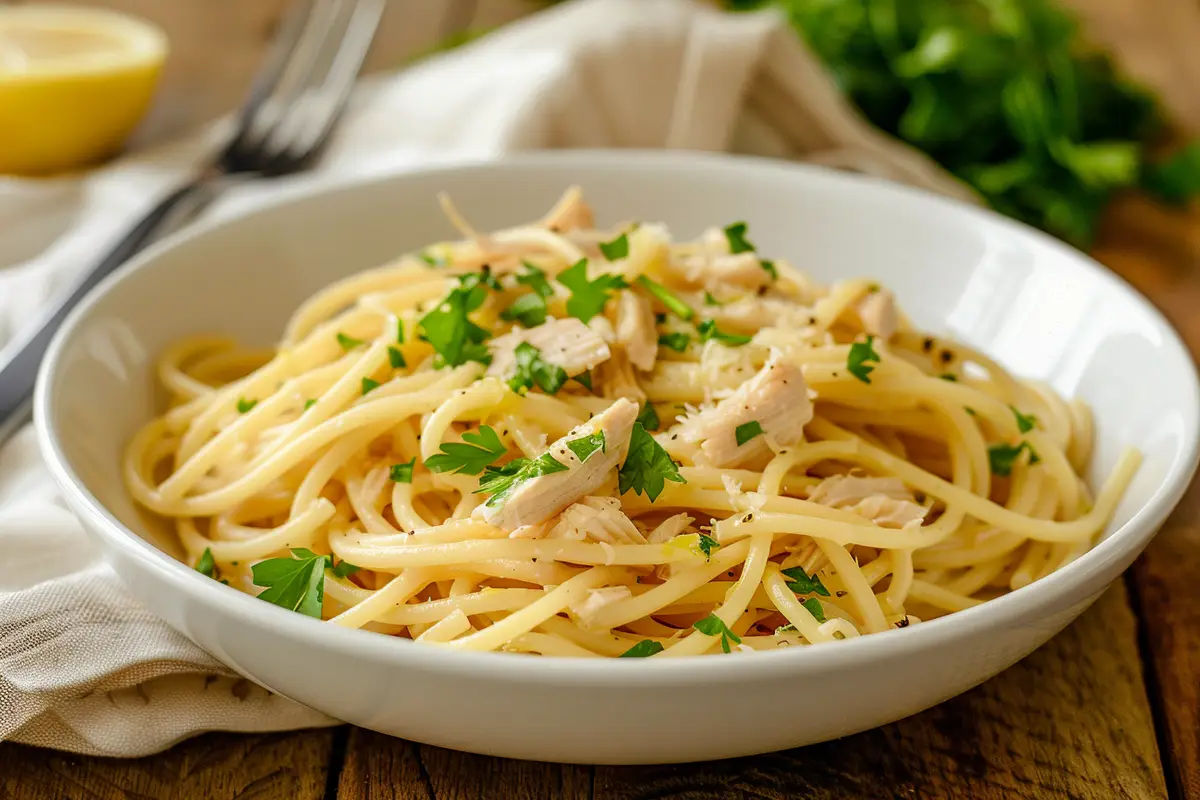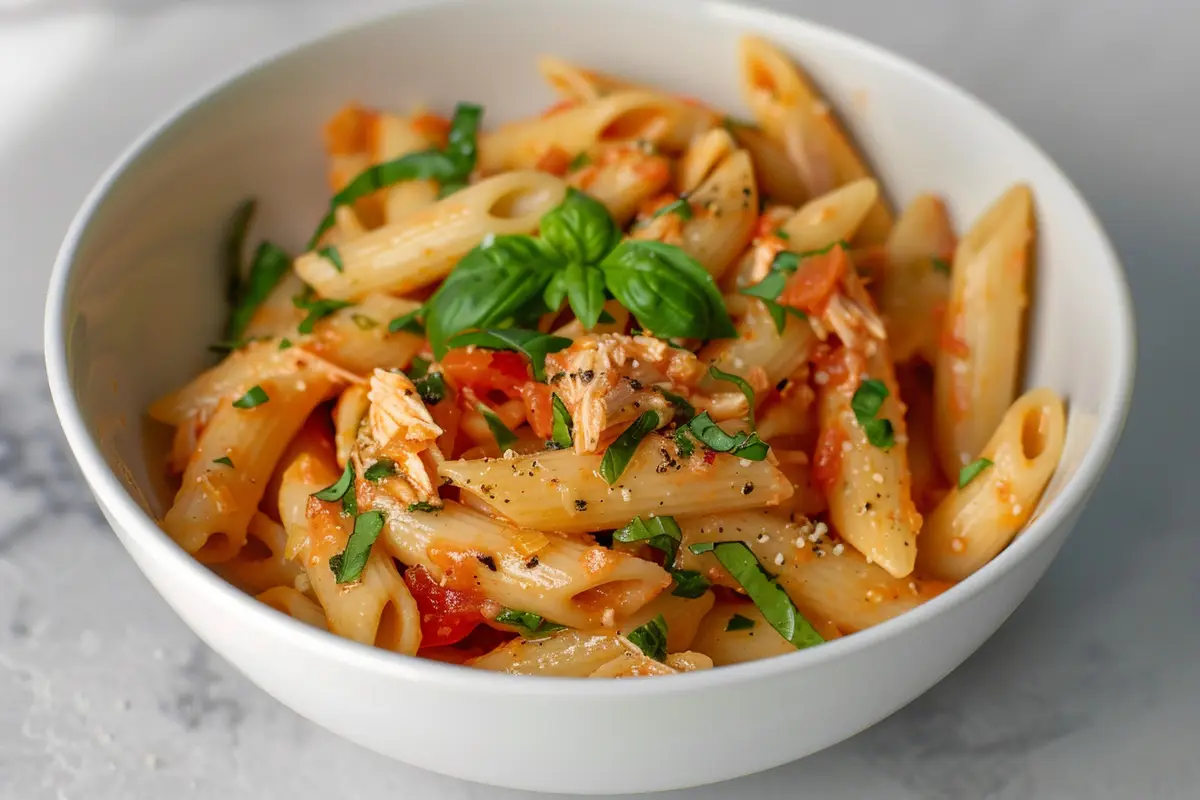f you’re craving creamy, delicious vegan cheese but want to skip cashews, you’re in the right place. This guide will show you how to create a vegan cheese recipe without cashews that’s still rich, flavorful, and incredibly versatile. Whether you’re avoiding nuts due to allergies or simply don’t have cashews on hand, there are plenty of tasty alternatives. We’ll break down the key ingredients, techniques, and common questions about vegan cheese so you can enjoy a satisfying dairy-free option. Let’s dive in!
Table of Contents

Vegan Cheese Recipe Without Cashews: The Ultimate Nut-Free Alternative
- Total Time: 30 minutes
- Yield: About 2 cups of vegan cheese 1x
Description
This creamy, nut-free vegan cheese is the perfect dairy-free alternative for those with nut allergies or anyone looking to avoid cashews. Made with simple ingredients like potatoes, carrots, and nutritional yeast, it’s rich, flavorful, and versatile. Use it as a dip, spread, or sauce for a delicious plant-based treat that’s allergy-friendly and budget-conscious.
Ingredients
- 1 cup cooked potatoes
- ½ cup cooked carrots
- ¼ cup nutritional yeast
- 1 tablespoon lemon juice
- 1 teaspoon garlic powder
- ½ teaspoon turmeric (for color)
- 1 tablespoon apple cider vinegar
- 1 teaspoon mustard (optional, for a tangy kick)
- ½ cup unsweetened plant-based milk
- Salt and pepper to taste
Instructions
Prepare the Vegetables:
Peel and chop the potatoes and carrots. Boil them together in a pot of water for about 10–12 minutes or until soft. Drain and let them cool slightly.Blend the Ingredients:
Add the cooked vegetables, nutritional yeast, lemon juice, garlic powder, turmeric, apple cider vinegar, and mustard (if using) to a blender.Add Plant-Based Milk:
Gradually pour in the plant-based milk while blending until you reach a smooth and creamy consistency. Adjust the thickness by adding more milk if needed.Season and Adjust:
Taste the mixture and season with salt and pepper. Add extra lemon juice or vinegar if you prefer a tangier flavor.Serve and Enjoy:
Serve warm as a cheese dip, spread on crackers, or use as a sauce for pasta. Store leftovers in an airtight container in the fridge for up to 5 days.
Notes
- Customize the Flavor: Add smoked paprika for a smoky flavor or cayenne pepper for a spicy kick.
- Texture Tips: For a thicker spread, reduce the plant-based milk. For a thinner sauce, add more milk.
- Storage: Keep in a sealed container in the fridge for up to 5 days. Reheat over low heat, adding a splash of plant-based milk to restore creaminess.
- Prep Time: 15 minutes
- Cook Time: 15 minutes
- Category: chef’s choice
- Method: Sauce, Spread, Appetizer
- Cuisine: Plant-Based, Vegan
Nutrition
- Serving Size: 8 servings
- Calories: ~75
- Fat: ~1g
- Carbohydrates: ~12g
- Protein: ~3g
Why Make a Vegan Cheese Recipe Without Cashews?
When it comes to vegan cheese, cashews are often the go-to ingredient. But not everyone can or wants to use cashews. Whether it’s due to allergies, dietary preferences, or availability, creating a vegan cheese recipe without cashews opens up exciting possibilities for a broader audience.
- The Problem with Cashews in Vegan CheeseCashews provide a creamy base for many vegan cheese recipes, but they’re not suitable for everyone. Common issues include:
- Nut allergies
- High fat content
- Cost and accessibility in certain regions
- The Benefits of Nut-Free Vegan CheeseBy skipping cashews, you can still achieve a rich, creamy texture without compromising on taste. Here’s why you’ll love a vegan cheese recipe without cashews:
- Allergy-friendly and safe for nut-free diets
- Uses readily available ingredients like potatoes, carrots, and tofu
- Great for lower-fat diets while retaining a satisfying creaminess
Creating a vegan cheese recipe without cashews ensures everyone at the table can enjoy it without worrying about dietary restrictions.
PART 2: Best Ingredients for a Vegan Cheese Recipe Without Cashews
You might be wondering how to replace the creamy, nutty flavor of cashews. Don’t worry—there are plenty of delicious alternatives! These ingredients create the perfect base for a vegan cheese recipe without cashews while adding unique flavors and textures.
- Tofu – The Perfect Protein-Packed BaseTofu is a versatile, protein-rich ingredient that works wonderfully in vegan cheese.
- Silken tofu is ideal for soft, spreadable cheeses.
- Firm tofu makes a crumbly, feta-style cheese.
- Vegetables – The Secret to Creamy Vegan CheeseVegetables like potatoes, carrots, and cauliflower blend into a smooth, creamy consistency.
- Potatoes and carrots create a rich, cheddar-like color and texture.
- Cauliflower offers a neutral flavor that absorbs seasonings beautifully.
Step-by-Step Vegan Cheese Recipe Without Cashews
Now that we’ve explored why and how to make a vegan cheese recipe without cashews, it’s time to get cooking! This recipe is easy to follow and uses simple ingredients that you probably already have at home.
Ingredients
For this vegan cheese recipe without cashews, you’ll need:
- 1 cup cooked potatoes
- ½ cup cooked carrots
- ¼ cup nutritional yeast
- 1 tablespoon lemon juice
- 1 teaspoon garlic powder
- ½ teaspoon turmeric (for color)
- 1 tablespoon apple cider vinegar
- 1 teaspoon mustard (optional, for a tangy kick)
- ½ cup plant-based milk (unsweetened)
- Salt and pepper to taste
Instructions
- Prepare the Vegetables
- Peel and chop the potatoes and carrots. Boil them together until soft (about 10–12 minutes). Drain and let them cool slightly.
- Blend the Ingredients
- Add the cooked vegetables, nutritional yeast, lemon juice, garlic powder, turmeric, and apple cider vinegar to a blender.
- Gradually add the plant-based milk while blending until you reach a creamy consistency. Adjust the thickness by adding more milk as needed.
- Season and Adjust
- Taste and season with salt and pepper. Add more lemon juice or vinegar if you prefer a tangier flavor.
- Serve and Enjoy
- Serve warm as a cheese dip, spread on crackers, or use as a sauce for pasta. Store leftovers in an airtight container in the fridge for up to 5 days.
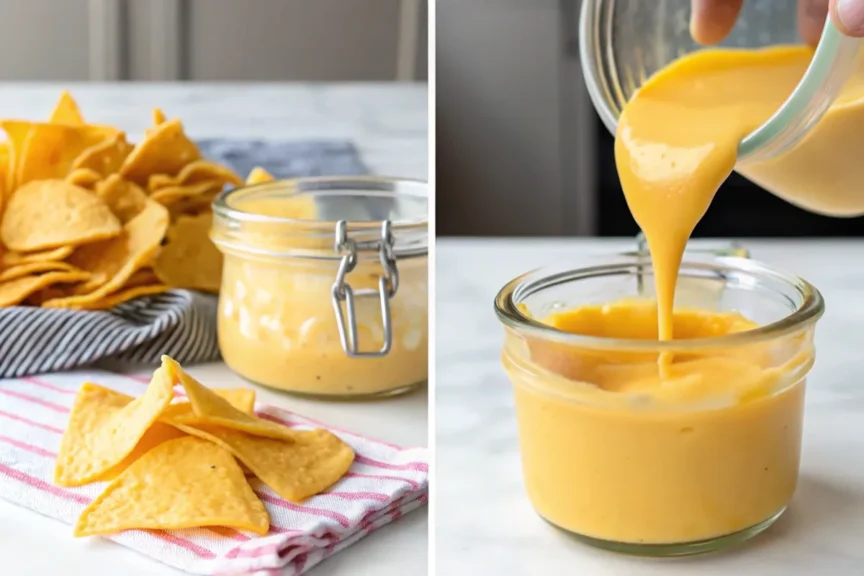
Tips for Perfecting Your Vegan Cheese Recipe Without Cashews
Achieving the perfect consistency and flavor can take a bit of practice, but these tips will help you create the best version every time.
1. Adjust the Thickness
Depending on how you want to use your vegan cheese, you may prefer a thicker or thinner consistency.
- For a thick spread: Use less plant-based milk.
- For a sauce-like consistency: Add more milk gradually until it reaches the desired texture.
2. Enhance the Flavor
While this recipe is delicious as-is, you can boost the flavor with additional ingredients.
- Smoky flavor: Add ½ teaspoon of smoked paprika.
- Spicy kick: Add cayenne pepper or sriracha.
- Herb-infused: Blend in fresh herbs like basil or parsley.
3. Experiment with Plant-Based Milks
Each plant-based milk will slightly change the flavor of your vegan cheese.
- Almond or oat milk keeps it mild and creamy.
- Coconut milk adds a touch of sweetness (use sparingly if you don’t want it too sweet).
4. Storage and Reheating
- Store your vegan cheese in a sealed container in the fridge for up to 5 days.
- For reheating, warm it on the stove over low heat while stirring to prevent sticking. Add a splash of plant-based milk to restore its creaminess if it thickens too much.
Common Mistakes to Avoid When Making a Vegan Cheese Recipe Without Cashews
Even with a simple recipe, a few common mistakes can impact the texture and flavor of your vegan cheese recipe without cashews. Here’s how to avoid them and ensure perfect results every time.
1. Not Cooking the Vegetables Long Enough
- Mistake: Using undercooked potatoes or carrots leads to a grainy texture.
- Solution: Boil the vegetables until they are very soft—this ensures a smooth, creamy blend.
2. Skipping Nutritional Yeast
- Mistake: Nutritional yeast is essential for that cheesy, umami flavor. Omitting it will result in a bland taste.
- Solution: If you don’t have nutritional yeast, use a small amount of miso paste or soy sauce for a similar depth of flavor.
3. Overblending or Underblending
- Mistake: Underblending leaves chunks, while overblending can cause the mixture to overheat and become gummy.
- Solution: Blend just until smooth and creamy. Scrape down the sides of the blender to ensure even blending.
4. Using Flavored Plant-Based Milk
- Mistake: Vanilla or sweetened plant-based milk will affect the taste negatively.
- Solution: Always choose unsweetened and unflavored plant-based milk for savory recipes.
Different Ways to Use Your Vegan Cheese Recipe Without Cashews
Once you’ve made your delicious vegan cheese recipe without cashews, it’s time to get creative! This cheese is versatile and can be used in various dishes.
1. Cheese Sauce for Pasta
Transform this recipe into a creamy sauce for mac and cheese. Simply thin the cheese mixture with additional plant-based milk and pour it over cooked pasta.
2. Pizza Topping
Spread a layer of vegan cheese on your pizza crust and bake it for a melty, cheesy finish. Add toppings like mushrooms, spinach, and olives for a gourmet twist.
3. Sandwich Spread
Use this vegan cheese as a spread for sandwiches or wraps. It pairs perfectly with roasted vegetables, fresh greens, and hummus.
4. Dip for Snacks
Serve it warm as a dip for veggies, tortilla chips, or crackers. For added flavor, sprinkle smoked paprika or chopped fresh herbs on top.
5. Stuffed Vegetables
Use the cheese to stuff vegetables like bell peppers or zucchini before baking them for a hearty meal.
Health Benefits of a Vegan Cheese Recipe Without Cashews
Choosing a vegan cheese recipe without cashews isn’t just a great alternative for those with nut allergies—it also comes with unique health benefits. Let’s break down why this cashew-free version can be a healthier choice for everyone.
1. Lower in Fat
Most nut-based vegan cheeses are high in fat due to the natural oils in nuts. Cashew-free vegan cheese, especially if made with vegetables or tofu, is significantly lower in fat and calories.
- Vegetable-based cheese: Offers a lower-fat option while retaining a creamy texture.
- Tofu-based cheese: Adds plant-based protein without excess fat.
2. Allergy-Friendly and Inclusive
One of the biggest advantages of this recipe is that it’s safe for those with nut allergies.
- Suitable for schools and family gatherings where allergies might be a concern.
- Easily customizable to meet various dietary needs (gluten-free, soy-free).
3. Rich in Vitamins and Nutrients
Thanks to the use of whole foods like potatoes and carrots, this cheese is packed with vitamins and minerals:
- Carrots: High in beta-carotene and vitamin A.
- Potatoes: A good source of vitamin C and potassium.
- Nutritional Yeast: Rich in B vitamins and offers a natural umami flavor.
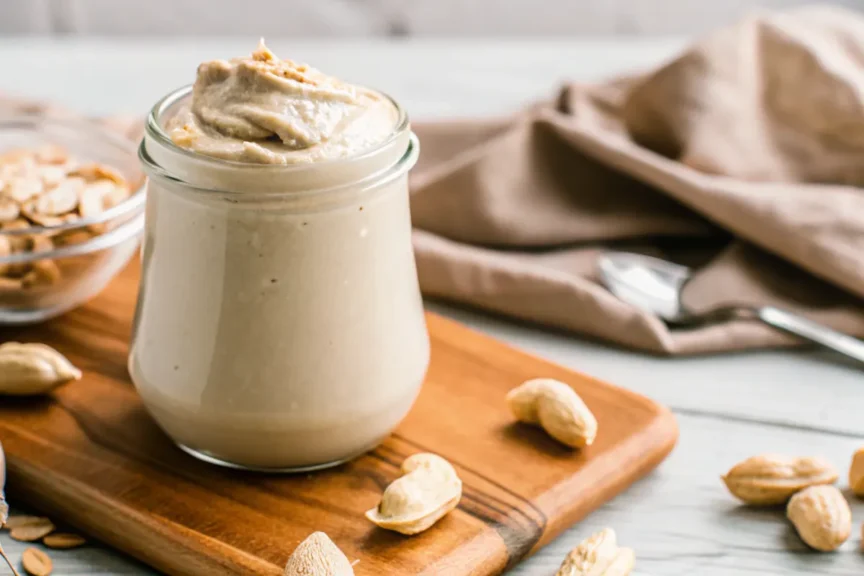
Frequently Asked Questions About Vegan Cheese Recipe Without Cashews
1. What is a good substitute for cashews in cheese?
The best substitutes for cashews in vegan cheese recipes are tofu, potatoes, carrots, cauliflower, and sunflower seeds. Each of these options provides a creamy base while maintaining a nut-free profile.
2. Why are cashews used in vegan cheese?
Cashews are commonly used in vegan cheese because of their creamy texture, neutral flavor, and ability to blend smoothly. They create a rich, dairy-like consistency when soaked and blended.
3. Is all vegan cheese made with nuts?
No, not all vegan cheese is made with nuts. Alternatives like tofu, vegetables (such as potatoes and carrots), and seeds (like sunflower or pumpkin seeds) are commonly used in nut-free recipes.
4. What are three dominant ingredients in vegan cheese?
The three most common ingredients in vegan cheese are nutritional yeast (for a cheesy flavor), plant-based milk or water (for blending), and a thickening agent like potatoes, carrots, tofu, or agar powder.
5. Is all vegan cheese made with coconut oil?
No, not all vegan cheese uses coconut oil. While it is often used for its fat content and ability to create a creamy texture, many recipes (like this one) rely on whole foods like vegetables or tofu instead.
6. Why doesn’t vegan cheese melt?
Vegan cheese doesn’t always melt like dairy-based cheese because it lacks casein, the protein in animal milk responsible for the stretchy, melty quality. However, using starches, oils, or tapioca flour can improve its melting properties.
How to Customize Your Vegan Cheese Recipe Without Cashews
One of the best things about making your own vegan cheese recipe without cashews is how easy it is to customize it to suit your taste preferences and dietary needs. Here are some creative ways to add a personal twist to your recipe.
1. Add Spices and Herbs for Unique Flavors
Infuse your vegan cheese with bold flavors by adding spices or fresh herbs.
- For a smoky flavor: Add smoked paprika or liquid smoke.
- For an herbed cheese: Blend in fresh basil, thyme, or dill.
- For a spicy kick: Include chili flakes or cayenne pepper.
2. Make It Probiotic
If you want to create a tangy, cultured vegan cheese, you can use probiotics or fermented ingredients. Add a spoonful of miso paste or use probiotic capsules and let the cheese sit at room temperature for several hours.
3. Adjust the Consistency
Depending on how you plan to use your vegan cheese, adjust its texture:
- Thicker: Reduce the plant-based milk for a firm cheese spread.
- Thinner: Add more plant-based milk to create a pourable cheese sauce for nachos or pasta.
4. Try Different Bases
Instead of sticking with potatoes and carrots, experiment with other vegetables like cauliflower or parsnips for a different flavor profile. You can even mix multiple bases for a unique taste.
Conclusion
Making a vegan cheese recipe without cashews opens up a world of possibilities for those seeking a nut-free, allergy-friendly alternative that doesn’t compromise on flavor or texture. Whether you’re new to plant-based eating or just want to expand your culinary options, this recipe is versatile, easy to make, and highly customizable.
The beauty of cashew-free vegan cheese lies in its simplicity. By using basic ingredients like potatoes, carrots, and tofu, you can create a rich, creamy, and satisfying cheese that rivals traditional dairy versions. Not only is this cheese budget-friendly and accessible, but it also packs a nutritional punch with essential vitamins and minerals.
In addition to being delicious on its own, this cheese works wonderfully in a wide variety of dishes. Use it as a dip for vegetables and crackers, a sauce for pasta, a spread for sandwiches, or a topping for your favorite pizzas and casseroles. Its flexibility makes it an indispensable part of any plant-based kitchen.
Customization is key—don’t be afraid to experiment with spices, herbs, and alternative ingredients to find the perfect version for your tastes. Whether you want a tangy cheese spread or a savory sauce, this recipe serves as a foundation for endless possibilities.
For those with dietary restrictions or nut allergies, this vegan cheese recipe without cashews proves that delicious dairy-free options are within reach. Say goodbye to store-bought alternatives filled with preservatives and embrace the joy of making your own plant-based cheese at home. With just a few wholesome ingredients, you’ll have a cheese that’s creamy, flavorful, and good for you.
So why not give it a try? Your next favorite dairy-free cheese might be just a blend away!
For more vegan sauce options – Vegan Mayo Recipe

